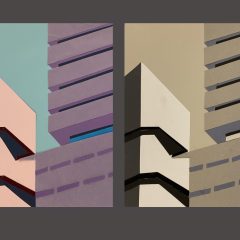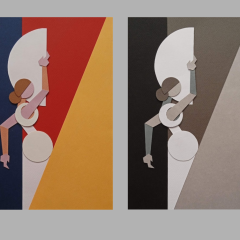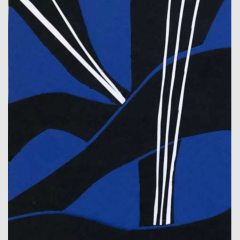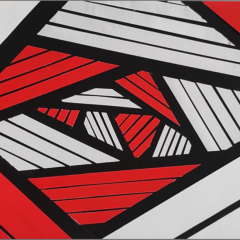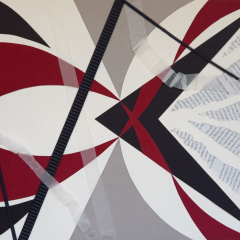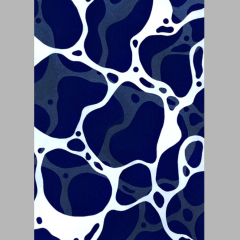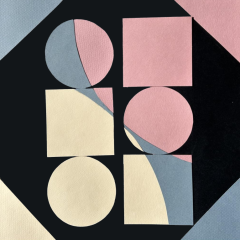Course Tutors
General
Τhe course Visual Language is an introduction to the basic elements and techniques of processing a visual organization / composition. It attempts to teach the ‘syntax’ of visual language, in the context of a rational research and analysis. It elements the principles that define visual communication as an integral part of design. Expands and organizes the field of artistic expression.
Course content
Τhe course Visual Language is an introduction to the perceptual and mental functions of human visual perception, on the basis of which we understand and perceive the world. The study of visual language as a basic tool of perception is inextricably linked to design practice. There is a level of basic knowledge that students must acquire during the course in order to define their means of expression. They will gradually realize the importance of the synthetic process as a means of research and communication. They will learn to analyze the form in its individual elements, in order to explore the form of the design and the idea / concept that defines it. The study of conventional and experimental techniques is considered necessary to acquire skills and abilities that lead to the construction and analysis of images. The basic visual elements [line, shape, pattern / texture, illusion of the space, illusion of motion, the value and the color] of the visual composition in their most simplified form are examined. The basic visual principles [unity, emphasis, scale / proportion, balance, rhythm] are examined. The basic principles of semiotics are examined in relation to the image, the shape and the color as communication bodies of the visual culture.
Programme aims
Τhe course Visual Language aims to strengthen the infrastructure of visual communication in the context of a rational research and analysis. It aims to broaden the understanding of visual expression.
Learning Outcomes: Knowledge and Understanding
During the semester, students analyze the visual elements in their most abstract form, their visual interaction. Upon completion of the course the student will be able to: -understands visual experiences -organizes his/her knowledge in order to develop analytical and critical thinking. -understands the basic and critical characteristics of visual composition, their connection with the content, the goals and the principles that govern it. -define the tools and techniques for managing visual composition -selects the use of both conventional and new generation technological means.
Bibliography
– The Interaction of Colour, Josef Albers , Yale University Press
– Mirror of the World; A New History of Art, Julian Bell, Thames & Hudson 2007
– Design and Form, Johannes Itten, Thames and Hudson, London, 1987
– Language of Vision, Gyorgy Kepes, Dover Publications, 1995
– Visual Grammar. Christian Leborg, Princeton Architectural Press, 2006
– Universal Principles of Design, William Lidwell, Rockport Publishers Inc, 2015
– Bruno Munari: Square, Circle, Triangle, Bruno Munari, Princeton Architectural Press, 2016
– Design Basics, Stephen Pentak & David A. Lauer, Wadsworth Publishing, 2015
– The psychology of Visual Perception, Haber R . N. and M. Henderson, Rinehart and Winston Inc. NY, 1980


